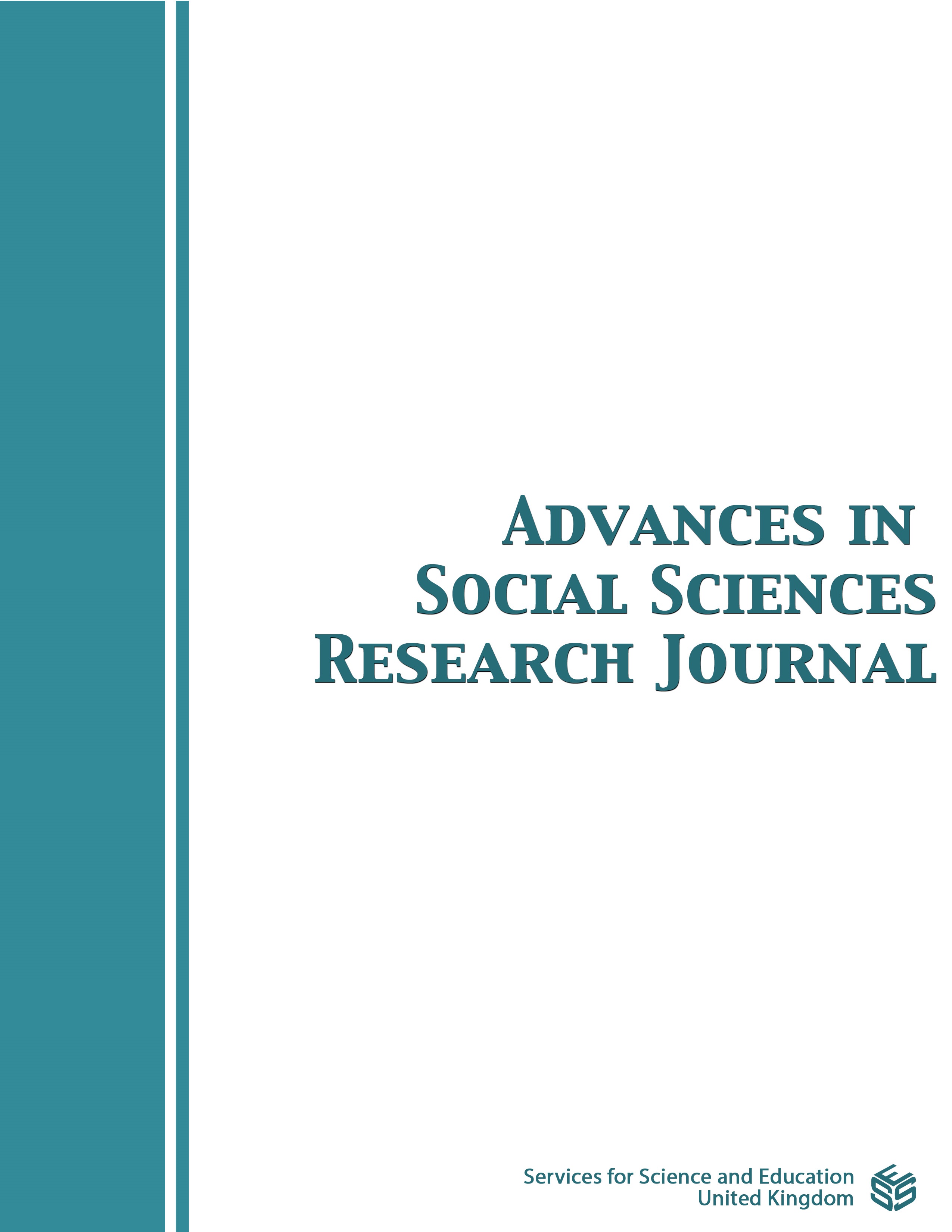Barriers and Challenges in Managing Textile Waste in the Circular Economy
DOI:
https://doi.org/10.14738/assrj.112.2.16396Keywords:
Textile Waste, Waste Management, Environment, Sustainability, Circular EconomyAbstract
Textile waste is one of the biggest pollution issues in the world, especially in developing countries. Malaysia is one of the examples of a country that has experienced double the amount of textile waste entering landfills every year. The resolution of this challenge hinges on the effective management of the recycling process by key stakeholders, including consumers, waste collectors, and manufacturers. Collaborative efforts in optimizing the recycling chain not only address this issue but also contribute to the advancement of sustainable practices, fostering the production of new goods and promoting the principles of the circular economy (CE).This process not only reduces new raw materials (e.g., cotton) but also reduces textile waste so that the industry is more sustainable. Therefore, this study aims to discover the barriers and challenges of managing textile waste in a circular economic environment in Malaysia. This study employed the scoping review technique to understand the concept and global issue of textile waste. This study also interviewed key informants from the industry who are involved in this business process, such as textile collectors and waste manufacturers. An attempt is made to address the challenges through a conceptual model on CE and Sustainable Consumption and Pattern (SCP) targeting material waste in the textile industry. This study is aligned with the Malaysian Twelfth Malaysia Plan (12MP), covering three development dimensions: economic empowerment, environmental sustainability, and social reengineering. Thus, investigating the waste issue specifically for textile materials in the CE is crucial.
Downloads
Published
How to Cite
Issue
Section
License
Copyright (c) 2024 Norshima Humaidi, Hayu Susilo Prabowo

This work is licensed under a Creative Commons Attribution 4.0 International License.
Authors wishing to include figures, tables, or text passages that have already been published elsewhere are required to obtain permission from the copyright owner(s) for both the print and online format and to include evidence that such permission has been granted when submitting their papers. Any material received without such evidence will be assumed to originate from the authors.






